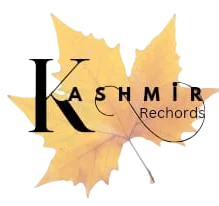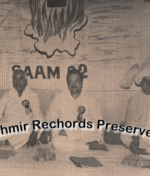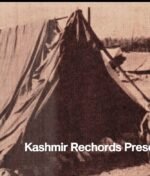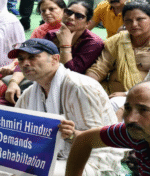When Baramulla bore the brunt of tribal raid
( Kashmir Rechords Exclusive)
Following the tribal raid of October 1947, Pakistani hordes were in Kashmir Valley for 13 days to cause large-scale mayhem, arson death and destruction. But to the people of Baramulla, these 13 days were like 13 years. Baramulla town had to withstand the worst of the ruthless ways of the tribal militants.
The town was ransacked and pillaged repeatedly, houses destroyed and people mercilessly killed- not only Hindus, Kashmiri Pandits or Kashmiri Sikhs, even the Christian Missionaries were not spared during these traumatic 13 days. “The raiders had made a little distinction between the victims’’, notes eminent lawyer and writer, K L Gauba in his famous Book “Inside Pakistan’’ (1948).
Gauba is not sure as to how many of innocent lives were lost in Baramulla. “But from all accounts, it must have exceeded 1,000. Among them were Lt Col. and Mrs. Dykes, besides four Sisters of Mercy and a Mother Superior of the Convent of St. Joseph’’, recalls this author.
He refers to a `little child belonging to Mr. and Mrs. Dykes, who was thrown down a well. All the Sisters of Mercy were lined up and were about to be shot, when a Pakistan Officer, better informed than the others, called it off on the ground that it might involve Pakistan in international complications’’, says Gauba.
Quoting captured tribesman, Gauba says the raiders killed the Europeans on the day of their entry into the town. On the same day, they smashed the local Hospital and Post Office and held many hostages.
Maj. Khurshid Anver was leading the invaders. Another officer was Maj. Mohammed Aslam’, mentions Gauba, who put the strength of the raiders in Baramulla between 3,000 and 5,000. “But apparently, the same men did not stay all the time. They came in waves and while some arrived, others left which, probably, accounted for the repeated looting of the same sections of the town. The loot was carried away in Lorries that went in the direction of the Frontier Province at night’’.
The book `Inside Pakistan’ mentions that about 100 Lorries were lined up in Baramulla on the night of their departure. Some invaders rode in Tongas while the others walked.

Gauba says “in their 13-day occupation of the third largest town in the Valley, the invaders denuded it of everything. “There was not a grain of rice or a yard of cloth left.’’
The road from Baramulla to Uri was strewn with the wreckage of trucks and Lorries left behind by the raiders. Most of these trucks bear the number plate F.P.H. (Frontier Province Hazara). Sometimes they bore the number plate P.B.R. (Punjab).
On the propaganda front also, the raiders had used methods that must have meant considerable preparations. Leaflets printed at the Jilani Press; Lahore, were distributed in tens of thousands in the villages. Apart from Major Khursheed Anver, two other officers whose names were also well known and who frequently figured in the messages intercepted by Indian Intelligence were Major Mohammad Gulsher Khan and Captain Sharief.
Massacre at St Joseph’s Mission Hospital Baramulla
Andrew Whitehead in his book “A Mission in Kashmir’’, says the survivors of the attack, joined by some local families who had sought refuge at the mission – about eighty people in total – then endured ten days in captivity in the hospital’s Baby Ward. “They were joined by a British war correspondent, Sydney Smith of the Daily Express, who happened to be in Kashmir, arranged a lift with the Indian Army towards the frontline, and then was captured by the tribesmen. Father George Shanks, the senior priest at the school, emerged as the leader of the beleaguered group.
The ordeal, Andrew says ended around the time when the Indian Army took Baramulla under control on 8 November 1947 and it has been under Indian control ever since.





